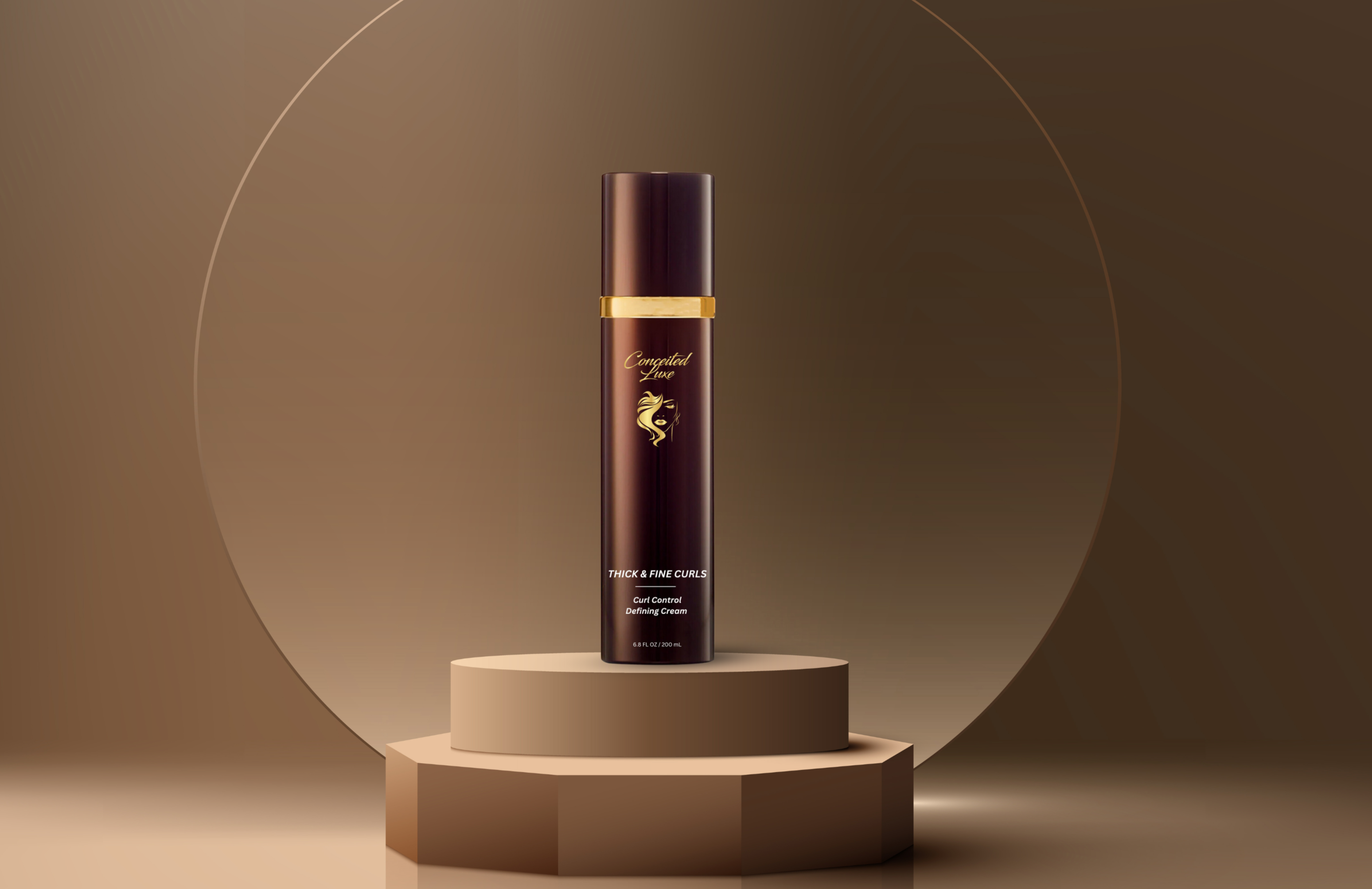

WHAT TYPE OF HAIR POROSITY DO YOU HAVE?
Do you know what hair porosity you have? This is essential to having those silky, soft & stunning curls you deserve. Understanding your hair type, will ensure you give your crown the quality ingredients it craves.
Let's get into it!
WHAT IS HAIR POROSITY?
Hair porosity is your hair’s ability to absorb and retain moisture. This affects how well oils and moisture pass in and out of the outermost layer of your hair, known as the cuticle.
Hair porosity is typically divided into three broad categories:
- Low Porosity: Cuticles that are close together.
- Medium Porosity: Cuticles that are less tightly bound.
- High Porosity: Cuticles that are more widely spaced.
This guide will take a closer look at what affects the porosity of your hair and how you can determine your porosity type.
WHAT DOES POROSITY MEAN?
To understand the concept of hair porosity, it helps to know a bit about the structure of your hair, which consists of three layers. These three layers include:
- The cuticle: This is the tough, protective outer layer of your hair that’s made of smaller cuticles that overlap each other, like shingles on a roof.
- The cortex: This gives the thickest layer of hair. It contains fibrous proteins and the pigment that gives your hair color.
- The medulla: This the soft, central part of the hair shaft.
Water, oils and other moisturizing products need to be able to pass through the cuticle and get to the cortex if you want your hair to stay healthy & hydrated.
For hair types that have cuticles that are too close together, its not easy for water & oils to penetrate the hair. This can make it more difficult for your hair to get the moisture it needs.
On the other end of the spectrum, if the cuticles are too widely spaced, your hair will have a difficult time retaining moisture & staying hydrated. 
WHAT CAUSES LOW OR HIGH HAIR POROSITY?
How your hair absorbs & retains moisture is largely due to genetics. If high porosity hair runs in your family, there’s a good chance you’ll have high porosity hair as well. Although genetics is the major contributor, it isn’t the only factor.
Bleaching, straightening, blow drying, over washing & using harsh products can all damage your strand over time. Damaged hair can cause cuticles to become raised & open, which may make it difficult for your hair to retain moisture.
HOW DO I DETERMINE MY HAIR POROSITY?
One of the easiest ways to test your hair porosity is by using a glass of water. Here’s how it works:
- Shampoo & rinse your hair to remove any product buildup.
- Fill a glass of water.
- Once your hair is clean & dry, drop a single strand of your hair into the glass of water.
- Watch the strand to see if it sinks to the bottom of the glass or floats at the top.
The Results:
- Low Porosity: If the strand floats at the top before sinking, you likely have low porosity hair.
- Medium Porosity: if the strand floats somewhere in the middle of the glass, you probably have medium or normal porosity hair.
- High Porosity: If the strand quickly sinks to the bottom of the glass, you likely have high porosity hair.

Now that you know your hair porosity, you can better care for crown. Conceited Luxe is all about the curl talk. Check out our guides specifically designed for your hair porosity type. Find out how to make your hair healthier & more manageable & easier to style.
How to care for low porosity hair?
How to care for medium porosity hair?
How to care for high porosity hair?
RELATED

This multitasker does it all: seals, smooths, and styles with a light hold.
